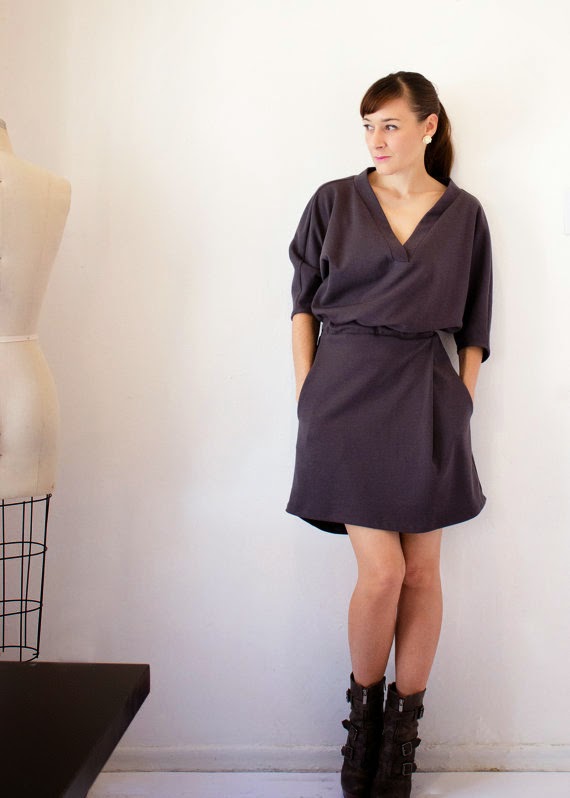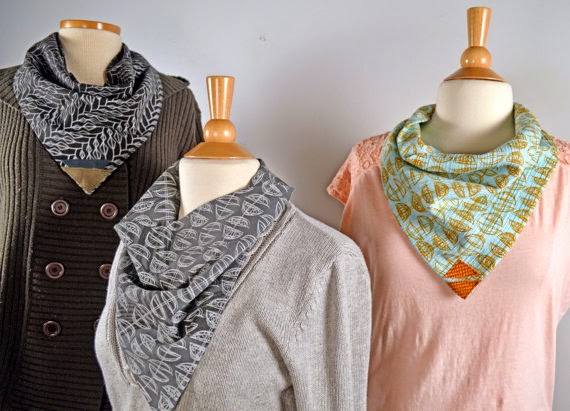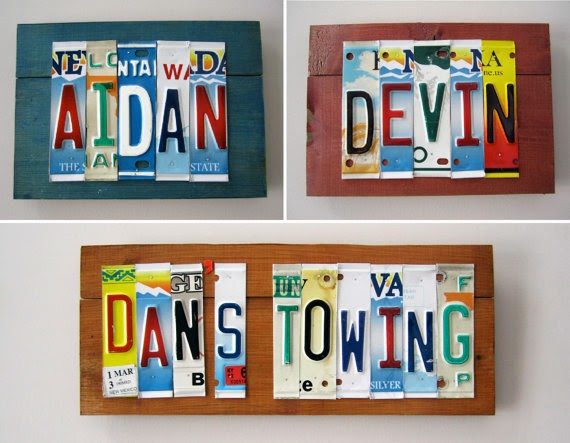
Welcome to our
Etsy Newbie Bootcamp! If you want to take part in Bootcamp and get one-on-one mentoring, or answers to any of your questions, please drop us a line at
TorontoEtsyST@gmail.com.
If you want to open an Etsy shop, just follow this link!
We have new sellers joining our Bootcamp all the time, so even though this is Class 18, you can join now or anytime! You can complete the classes at your own pace. The entire series so far:
Class 1, Class 2, Class 3, Class 4, Class 5, Class 6, Class 7, Class 8, Class 9, Class 10, Class 11, Class 12, Class 13, Class 14, Class 15, Class 16 and Class 17.
If you are just starting out, be sure you've checked out our first module of 6 classes, which cover how to open an Etsy Shop, making your shop look its best including: {Branding & Shop Banners, Shop Profiles Bios and Photos, Make Listings Tempting} and providing the information to your customers about who you are and how you run your business: About Pages, and Shop Policies. These introductory classes should get your shop up and running!
Today we're going to cover how to offer and complete Custom Orders for your customers.
Custom orders may not be a good fit for all sellers, but since
Etsy is about small nimble businesses, it is often something we are able to do much more than bigger businesses. If you can customize your products for buyers it is a good service to offer! You'll find you can attract new buyers and come up with new product ideas based on what people ask from you. Vintage and supply sellers may find buyers want them to set up custom listings from certain bundles of products. Handmade sellers can choose to make different versions or entirely new things on request. Remember: the goal is a mutually beneficial transaction. You want the buyer to get exactly what he or she wants, but you also want to make sure the order works for you - that you are getting a fair price and that if you're making something new, it's something you want to be doing. See Class 10
The Dark Art of Pricing for tips on how to ensure you don't undersell.
Nuts and Bolts: Offering custom items with private listings
Anyone with an
open Etsy shop can go to
Your Shop > Options (under Shop Settings) and save the
Request Custom Order setting as
Enabled. This shows buyers that you are ready and willing to offer made-to-order items. A "Request Custom Order" button will show up on your listings. By default, the button appears on all listings, but if you wish for some listings to appear without this button, simply
edit the listings and and remove the check mark next to
Accept custom requests from this item.
With Custom Orders enabled, a buyer simply pushed the "Request Custom Order" button to produce a text window where they are prompted to describe what they are seeking, and if applicable, enter a date by which they would need it on a calendar. When the "Send Custom Request" you receive their form in your
Etsy mailbox, like any other Convo, but it will be in the
Custom Requests folder. You and your buyer can communicate back and forth until you establish whether you can help them and wish to offer them a custom order. You'll want to establish a clear description of what they want, when you can provide it, when they want it, and how much it will cost. If you're both happy, you can proceed to set up a private custom order
that only they can see. See Class 7
for tips on effective communication with your customers.
Convos in your
Custom Requests folder come with a time line to lead you through the process. When you have settled on a plan with your customer you can create a custom, private listing directly from the original
thread. Simple enter a title, description and a shipping rate (either from a shipping profile or set a different specific rate - see Class
8 Shipping & Packaging). You'll need to add one photo. If you don't have the custom item to photograph, you can add a sketch, an image of a similar item or even the words "Custom Order" saved as a jpeg. As soon as you press publish, a private listing will be available for your customer only. It will not appear in your public shop or in searches, so it cannot be purchased by the wrong person. Your customer will automatically receive an email from
Etsy to let them know their listing is ready. You can view the listing by navigating to Your Shop > Currently for Sale where it will appear, and be labelled Private. You aren't charged for this listing unless you customer purchases it, which is rather nice, because sometimes, even if a person gets offered pricisely what they wished for they opt not to purchase it. When your customer does purchase the listing, you are charged the same as a regular listing, and the listing will appear in your Sold Items page.
If your buyer sends you a regular convo without clicking "Request Custom Order" you can nonetheless make a private listing by clicking
Make this a custom order and proceeding as above.
You can read more on the Custom Order FAQ.
If your customer contacts you in some other way, for instance in person or by email, you can either ask them to send you a Convo or you can set up a regular listing and write RESERVED in the title. Be aware that it is possible that some other person is so tempted that they ignore the word RESERVED and they purchase the listing for themself. Though, if you are willing and able to make more than one, this might not be a bad thing!
How to make sure your Custom Order is a great experience for both of you
Class 7 we covered some tips for successful communication with customers, and that's really key here. Remember, while we always want to treat customers with friendliness, curtesy and respect, occasionally the customer
isn't right. If they are asking the impossible, it's okay to politely decline. So, you want to make sure you really understand what the customer wants, why and when.
Now that you know how the procedure works, there are some things you'll want to consider to make sure you both get what you want and the transaction is a great success.
Ask questions to make sure you understand their vision:
- What does the customer want? Is it a simple variation on what you already offer or something altogether new?
- When do they expect this item, and is that something you can acheive? Sometimes, the date is not important, sometimes the item is a birhday present and required at a specific time.
- What dimensions will the item be?
- What colour? Pattern? Or any other variable.
- Does the buyer have a specific vision, or do they like your style and want you to make decisions for them? If a customer doesn't volunteer any suggestions when asked, try making your own suggestions and see if they like your ideas. Occasionally, customers want something unique but they do not have a lot of preconceived ideas or confidence that they can imagine what would work and they would rather trust you - the expert.
- What inspired the request? This might include things like which of your other products they most admire, or something about the recipient or intended purpose. Sometimes you can learn something which can allow you to add that extra special detail which will keep your customers coming back. You may also learn that you can make a more suitable suggestion and guide the customer to get something which will be a better fit than their initial idea.
Make sure you communicate what you can and will do. Ask yourself some questions:
- Is the item described something I know I can produce?
- Do I have the time to do so?
- How long will it take?
- Is it something I want to do?
- Does it fit with my shop and my brand?
- Do I have any concerns? These can include anything from whether you've understood to practical or ethical concerns. I'm allergic to feathers, so I am not going to agree to make something feathered. Maybe you wish to avoid animal products or working with anything which could be harmful to your health or the environment. If a buyer asks you to make a knock-off or infrige on someone's copyright, a polite explanation and declining the job might be your best bet - but you can always try suggesting an alternative.
- Do I have the materials I need?
It is up to you to decide. You can always politely decline if the request is unreasonable, unfeasible for you at the time or straight up impossible.
Be sure to make a reasonable quote! And by reasonable, I do not mean cheap! I mean fair. Pay yourself for your time, energy, materials and all the extra energy, creativity, and effort which goes into a custom order. See Class 10
The Dark Art of Pricing and if anything,
quote a little higher than you think you should. Sometimes you'll encounter some unforeseen cost with a new product.
Make sure you and your buyer are agreed to the plan. Volunteer information on:
- When you expect to complete the item
- How it will be shipped
- When payment is required. Hint: Require payment upfront, unless you would be willing, able, and happy to sell the item to someone else, should your buyer back out. You can also do things in stages, or request a deposit. Sometimes it might be appropriate to sell your buyer a prototype, proof or a sample of materials before launching into a large transaction agreement.
- If you will allow your buyer to make revisions, how, when and how many?
- Your shop policies about exchanges and returns
Make sure you keep your buyer in the loop. Let them know how the project is advancing, when it is completed and when it is shipped. Let them know if there is anything unforseen.
Make something which says "you", your shop and brand as well as matching your customer's request. There's a reason they wanted you to make it.
How Custom Orders can help your shop
Not only is a Custom Order another sale, it provides you insight into the market. What do people want? How does the set of things people want intersect with the set of things you can make and would like to offer? Is this a new product which you should offer to all buyers? Do you, for instance make screenprinted tees and get repeated requests for screenprinted baby onesies? Do you get repeated requests to add monograms to your handbound journals? Are you an artist and find customers want you to make their portraits?
Making a Custom Order can be a way to prototype a new product - and get paid to do it! Once you've made an item, you know precisely what it cost you to produce and ship it.
You might also learn that it would be useful to simply add variations to an existing listing.
You may also want to add a regular listing to let shopper know that you do make custom listings, say like custom portraits, or design-your-own toy (out of standard elements) or select-your-materials for jewelry or [fill-in-the-blank with what you make] products.
Making just the thing for a customer, and collaborating with them on ideas can be a really rewarding - an interesting challenge and a way to connect with a new fan.
You can find more
tips on managing Custom Orders and
customizable listings in articles on the
Etsy blog.
The
Toronto Etsy Street Team loves Newbie shops! You can find some of our favorite listings from talented Newbie sellers, including those featured in this class in our new
TEST ♥ Newbies section. Be sure to stop by often to see what's new in this evolving, curated treasury of amazing Newbie finds!

































